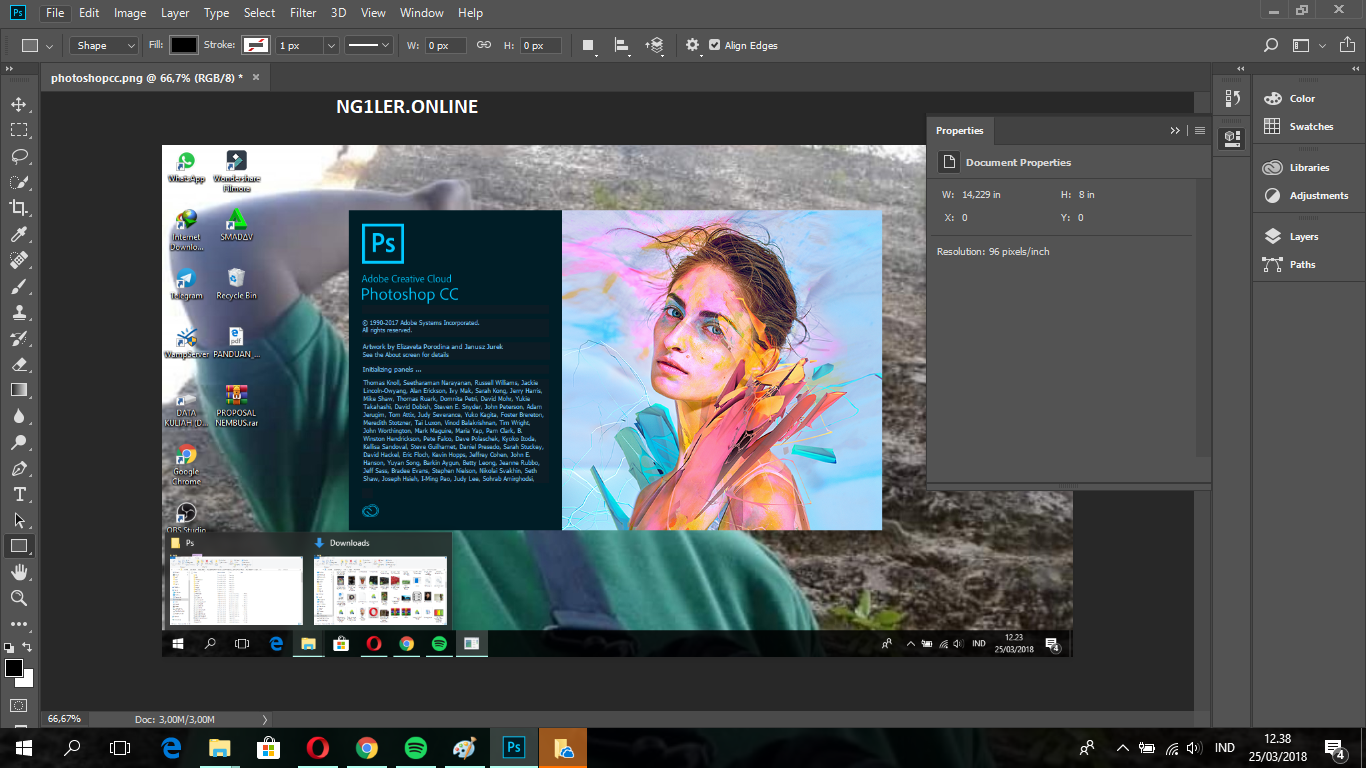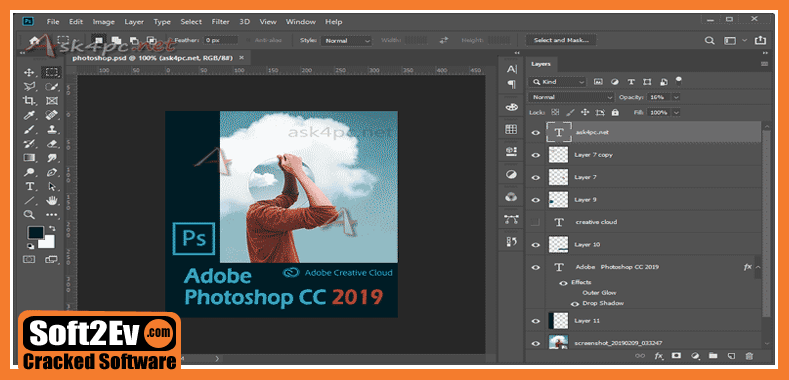
There are a lot of parts of Photoshop which could be radically improved if Adobe weren’t constrained by needing to preserve existing customer workflows from circa 1995 and build off decades of legacy code / organizational inertia. It’s pretty depressing how many image editors are just incomplete clones of Photoshop without any original ideas. Photopea truly feels as if it was Photoshop from 10 years ago, which is exactly the Photoshop that lots of people not working in the graphics industry, where an Adobe subscription is mandatory, love. Not even Affinity Photo, which is clearly taking lots of ideas from the Photoshop UI as well, comes close to this level of familiarity. Imitating this basic UI with nearly 100% accuracy is a stroke of genius. I personally know several such people, some are trying to switch to alternatives (like myself, I'm switching to Affinity Photo), but the others still use the same (sometimes pirated) Photoshop CS3 or CS4 version they have used since forever, because it's more than enough for their needs, and the usual reason why they stick to it is that they know how to get stuff done with the familiar UI. This thing targets people who started using Photoshop back in the day when it still wasn't a subscription service for basic and mildly advanced image editing tasks, and who thus grew accustomed to the Photoshop UI. Shortening the chain will mean less integrated decision making and will increase the amount of surprise and inconsistency in the product and its delivery. The processes are designed for predictable, consistent delivery and to minimize surprise.

Can work if you roll out gradually and are very responsive to any reports of regressions.Īll in all, this is unlikely to happen in less than a couple of weeks. Some people fly by the seat of their pants, and rely on fixing things in production if it breaks in production. There will be some measure of QA, ideally.

You'd only change the sprint scope if the team is running out of work to do or there's a major customer request or other panic.

Then it'll go into a sprint most probably, but not the current sprint, because that would change the scope and affect estimates and possible delivery timelines.

There may be some communication between product and design to figure out how it should look and feel. Usually, feature requests go through a product manager who can do analysis, integrate with road map, prioritize against other features, figure out if there's overlap with another feature (maybe one coming up soon) and so it shouldn't actually be implemented, etc.


 0 kommentar(er)
0 kommentar(er)
